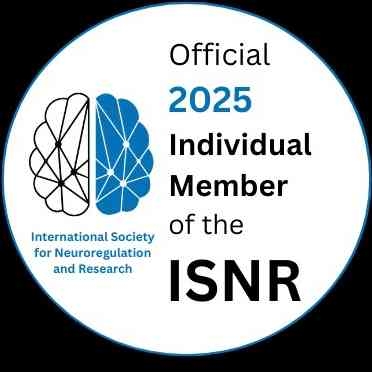+918042783230

This is your website preview.
Currently it only shows your basic business info. Start adding relevant business details such as description, images and products or services to gain your customers attention by using Boost 360 android app / iOS App / web portal.
Neurofeedback: Autism Success Stories When Nikes...

Neurofeedback: Autism Success Stories When Nikesh parents first brought him in for neurofeedback he was about 9 years old, on his summer break following the first grade. His first qEEG revealed a congestion of hypercoherences both bilaterally (between) and (within) each hemisphere of the brain. During the first sessions, Nikesh had a remarkable response. His father was astounded that his son sat so calmly for so long. This is frequently the case when the brain experiences something so new and unfamiliar. As expected, Nikesh did not exhibit this response again to the same degree until many sessions later. The reports from Nikesh's parents were initially mixed. However, by the 15 session mark, his father reported very calm and “competent” behavior while doing errands, and an out of character, unsolicited expression of “I like you” towards his mother. Nikesh even showed me the unexpected affectiionate gesture of a hug and handshake after a training session. Nikesh's in-session responses were often gauged by certain repetitive movements such as stand-up/sit-down events, hand/arm gesticulations and verbal commentary. But following session 30, Nikesh began initiating social interaction, inquiring about my day while maintaining eye contact. As he continued with BMclinic into his 2nd year of grade school, Nikesh's progress was slow but gradual: sometimes he was very active but far more related, other times he was very calm but verbally disengaged; at times his parents even disagreed about what they observed. Through to the following year, by session 75, Nikesh appeared to start and complete his 3rd grade homework more easily, began having normal conversational exchange with his father about school, remaining engaged, answering questions and relating. One day at school, Nick spontaneously and without prompting, asked a fellow classmate if he would like to come and play over the weekend. In the following months Nikesh’s parents were told that he was more focused that year in school, showed less resistance toward instruction, and had fewer emotional outbursts. Nikesh’s subsequent qEEG’s continued to show some disperse hypercoherence. This was reflected in the persistence of certain verbal stimming behaviors, such as periods of ceaseless movie narration and commentary. However, Nikesh’s mother observed that his imagination had become more active. Nikesh began calling her attention to his perceptions of different shapes and colors in his environment that reminded him of other shapes or animals. At the 175 session mark later that spring, Nikesh's parents stated that he had a good report on his social behavior at the recent Nick’s shining moments, however, came the following school year when Nick began participating in class presentations and started playing the trumpet. He performed a speech in front of the audience with confidence and played a solo at a school concert. He even participated in and won his school spelling bee and went on to take first place in the regional run-off. Nikesh's latest qEEG showed significant alleviation of hypercoherences throughout the brain. In total he completed 195 sessions. When considering neurofeedback outcomes in clients with asperger’s syndrome Nikesh’s journey speaks for itself. Over two years time of brain training his autism, Nick was capable of immense growth in both social and emotional capacities relating to the self and to others. For Nick’s parents, his ability to listen, engage, and focus shifted from a cause for worry to a sign of hope. As a result of his new capacities, Nick began to build a sense of autonomy, even if only on a subconscious level, leading to increases in confidence and self expression. Although some verbal stimming resisted training, Nick is able to harness his long standing aptitude for memorization so that it pays both socially and scholastically. neurofeedback continues to show invaluable efficiency in the treatment of autism spectrum disorders. While not a cure, neurofeedback for autism and asperger’s is a cutting-edge neuromodulation therapy that offers families struggling with ASD a not yet seen enrichment in both quality and depth of life.

